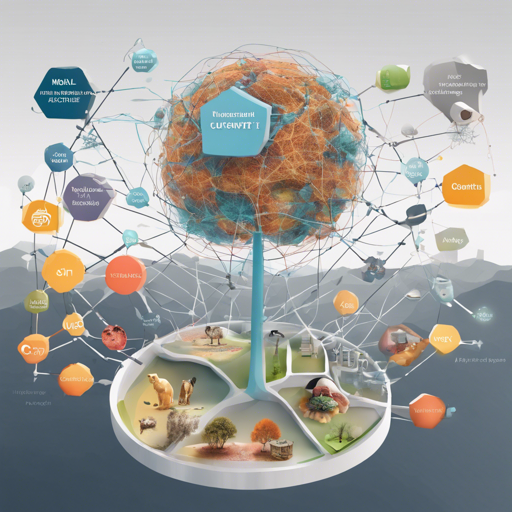Welcome to the world of image classification! Today, we’ll dive into the Convit_Base Model, exploring its structure, functionality, and how you can implement it using the TIMM library.
What is Convit_Base?
The Convit_Base is a convolutional vision transformer, combining the strengths of convolutional neural networks (CNNs) and transformer architectures. With its roots in innovative AI research, this model aims to enhance the performance of image classification tasks, potentially outperforming traditional models.
How to Use Convit_Base for Image Classification
Let’s break down the process into simple steps:
- Step 1: Install the TIMM Library
First, ensure that you have the TIMM library installed. You can do this via pip:
pip install timm - Step 2: Load the Model
Once installed, you can load the Convit_Base Model easily:
import timm model = timm.create_model('convit_base', pretrained=True) - Step 3: Prepare Your Data
Ensure your images are preprocessed correctly. Resizing and normalizing images are crucial for effective classification.
- Step 4: Make Predictions
Now, you can use your model to predict classifications for your images:
predictions = model(image_tensor)
Explaining Convit_Base Through Analogy
Imagine the Convit_Base Model as a master chef in a high-end restaurant. Just as a chef utilizes both traditional cooking techniques and modern culinary trends to create extraordinary dishes, Convit_Base merges CNNs and transformers to “cook up” precise image classifications. The chef’s careful selection of ingredients parallels the model’s ability to extract features from images, while the final dish represents the model’s output—an expertly classified image.
Troubleshooting Tips
If you face any challenges while working with the Convit_Base model, here are a few troubleshooting ideas:
- Issue: Model not loading
Solution: Check if the TIMM library is installed correctly. You can reinstall it using pip.
- Issue: Poor classification results
Solution: Ensure that your images are preprocessed adequately. Utilize proper resizing and normalization techniques for optimal model performance.
- Issue: Out of memory errors
Solution: Try reducing the batch size or using a model with fewer parameters to fit your GPU’s memory.
For more insights, updates, or to collaborate on AI development projects, stay connected with fxis.ai.
Conclusion
At fxis.ai, we believe that such advancements are crucial for the future of AI, as they enable more comprehensive and effective solutions. Our team is continually exploring new methodologies to push the envelope in artificial intelligence, ensuring that our clients benefit from the latest technological innovations.

